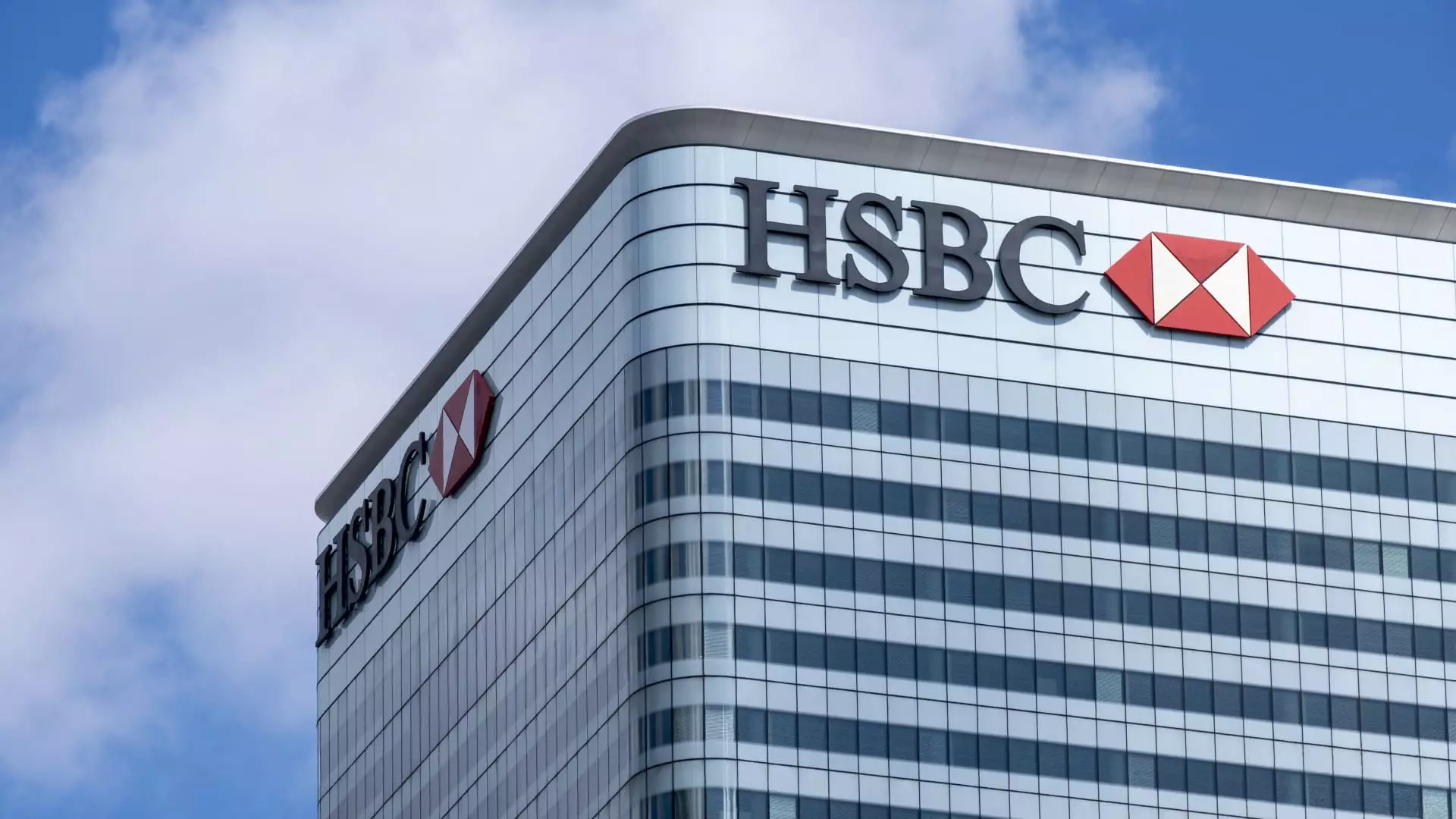HSBC, Europe’s leading financial institution, made headlines this week by announcing a substantial share repurchase of up to $3 billion following the release of its third-quarter earnings. These results not only exceeded analyst expectations but were also bolstered by impressive growth within its wealth and personal banking sectors. This article delves into the financial performance of HSBC, highlighting the implications of its latest strategies and the challenges that lie ahead.
In its third-quarter report, HSBC reported a pre-tax profit of $8.5 billion, which exceeded the anticipated $8 billion based on LSEG SmartEstimate values. This marked a ten percent increase from $7.71 billion in the same period last year. Additionally, the bank’s revenue grew by five percent, reaching $17 billion compared to $16.2 billion a year prior. Despite a narrowing net interest margin, which declined from 1.7% to 1.5%, the net income after tax exhibited resilience, at $6.7 billion, an increase of $500 million year-on-year. Notably, the basic earnings per share rose to 34 cents, eclipsing last year’s figure of 29 cents.
These robust results convey a strategic maturity from HSBC, which has been navigating a complex global banking environment. The solid earnings reflect both the ability to adapt and to leverage its global operations effectively, particularly as interest rates have been favorable in recent times.
HSBC’s announcement of a $3 billion share repurchase program, bringing the total buybacks for the year to an impressive $9 billion, is another clear indicator of the bank’s confidence in its financial stability and future prospects. Combining this with a declared dividend of $0.10 per share demonstrates a commitment to returning value to shareholders. This strategy not only boosts investor sentiment but also illustrates the bank’s healthy cash flow—vital for sustaining investments in critical areas like technology and infrastructure.
The decision to expand the share buyback, following two earlier $3 billion announcements, reinforces a proactive approach in managing shareholder equity, even amid uncertainties posed by an upcoming economic climate that may challenge profitability.
While HSBC’s financials appear promising, the bank also acknowledges the need for effective cost management. A 2% uptick in operating expenses indicates that the organization is investing in technology and infrastructure. However, it also raises concerns regarding efficiency amidst a backdrop of restructuring, which includes potential layoffs and a significant focus on cost-cutting measures.
New CEO Georges Elhedery, who took over leadership in July, is reportedly exploring ways to trim up to $300 million in costs. This reflects an ongoing re-evaluation of operational strategies and management structures. The impending restructuring into four distinct business units suggests a commitment to streamline operations but brings challenges regarding the execution of such broad changes.
Future Outlook: Adjusting to Changing Rates
The bank’s stability has, in part, been attributed to the prevailing high-interest rates; however, the consensus is that this era is reaching its end. Analysts are keeping a close watch on how HSBC will navigate potentially falling profitability in an environment of reduced interest rates. Senior equity analyst Michael Makdad’s insights underscore the importance of maintaining net interest income levels even as margins narrow, pointing to a need for innovative approaches to sustain profitability.
The looming structural changes set to take effect in January aim to facilitate a more responsive organization. By creating distinct “Eastern” and “Western” markets divisions, HSBC aspires to optimize its global reach and decision-making processes. This ambitious shift echoes broader industry trends focused on enhancing agility in a rapidly evolving financial landscape.
As HSBC embarks on its journey with a significant quarterly earnings success marked by confident shareholder returns, the forthcoming challenges of cost management, adapting to interest rate changes, and executing an ambitious restructuring plan are critical. The bank’s ability to balance these elements will determine its resilience and relevance in the global banking sector. Stakeholders will be particularly keen to observe how these strategic moves unfold and pave the way for future profitability and stability.


Leave a Reply